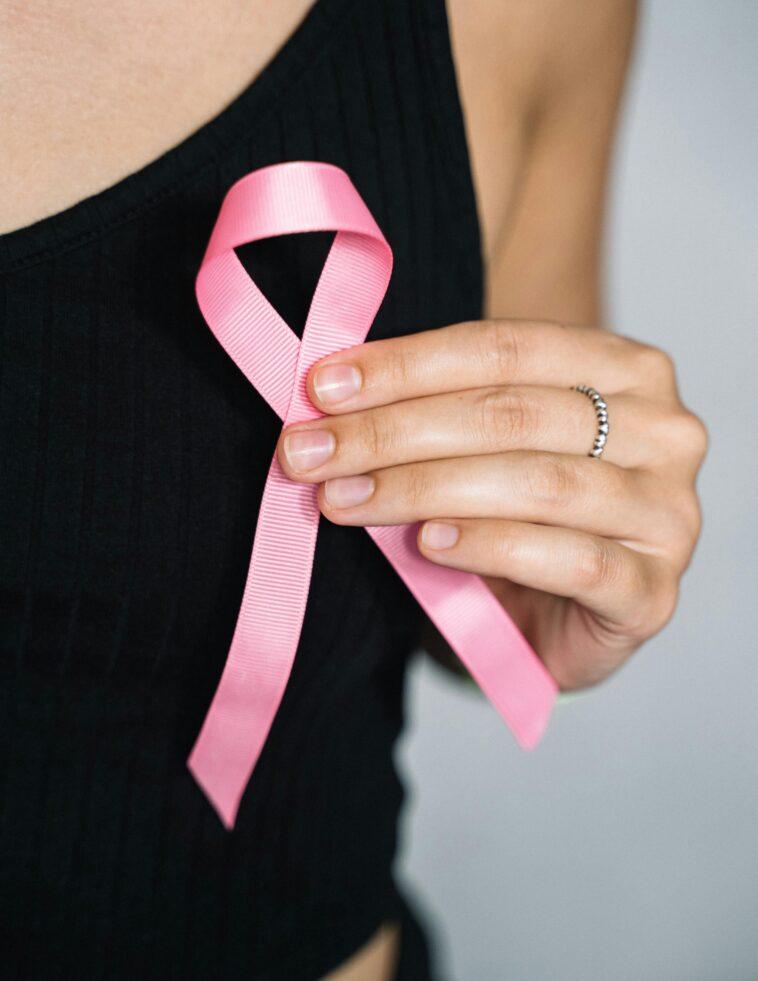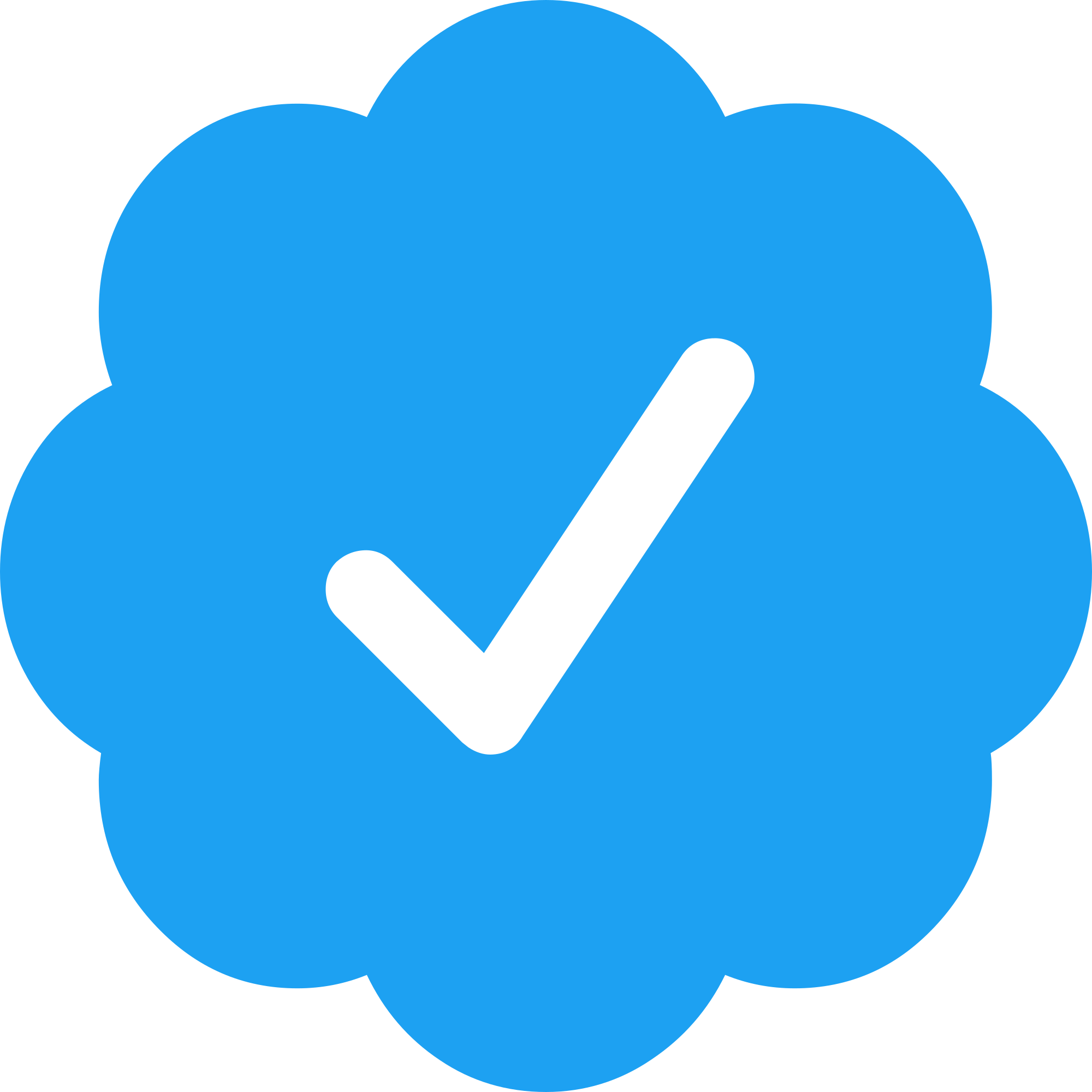During Breast Cancer Awareness Month, not only can communities support and care for loved ones, but they can also educate themselves on signs and symptoms of breast cancer so they know what to look out for. A breast self-exam is an early detection tool used to check for physical or visual signs of breast cancer. These exams and becoming familiar with what your breasts usually look and feel like is essential to your breast health awareness.
Here is a comprehensive guide on how to perform a self-examination for breast cancer:
Step 1: Know Your Body
Before starting the self-examination, it’s essential to understand what feels normal for your breasts. Take note of any changes, lumps, or abnormalities.
Step 2: Choose the Right Time
Perform the self-examination:
- 5-7 days after your period ends (hormonal changes can cause breast tenderness)
- When you’re not pregnant or breastfeeding
- When you’re not experiencing any breast tenderness or pain
Step 3: Prepare for the Examination
- Stand or sit comfortably with your arms relaxed by your sides
- Remove any jewelry, clothing, or bra
Step 4: Visual Examination
Look for:
- Changes in breast size or shape
- Dimpling, puckering, or redness
- Discharge or bleeding from the nipple
- Changes in nipple position or shape
- Place your hands on your hips while flexing your chest muscles and look in the mirror to see if you notice any changes.
Step 5: Manual Examination
What to Feel For
- Lumps or thickening
- Unusual tenderness or pain
- Changes in texture or temperature
- Abnormal nipple discharge
Using your fingertips, gently check your breasts and armpit area:
- Arms at Your Sides: Feel your breasts, starting from the outer edges and moving inward.
- Arms Raised: Repeat step 1 with your arms raised overhead.
- Palpate Your Nipples: Gently squeeze your nipples to check for discharge.
- Check the Armpits: Feel the lymph nodes under your arms.
When lying down:
- Place a pillow under your right shoulder and put your right arm behind your head.
- Using your left hand, pad down your right breast using light, medium and firm pressure while feeling for lumps, knots or any other changes.
- Repeat to the next side.
Additional Tips
- Use a mirror to visually examine your breasts.
- Check for pea-sized lumps or abnormalities.
- Become familiar with what your breasts normally look and feel like
What to Do Next
If you notice any unusual changes or abnormalities:
- Schedule a doctor’s appointment.
- Discuss your findings with your healthcare provider.
- Get a professional breast examination and/or mammogram if recommended.
Important Reminders
- Self-examinations are not a substitute for regular mammograms or professional check-ups.
- Breast cancer can occur in men too; encourage loved ones to perform self-examinations monthly.
- Early detection improves treatment outcomes.
By following these steps and staying informed, you can take an active role in maintaining your breast health.
Please consult a healthcare professional for personalized guidance and recommendations.







Comments